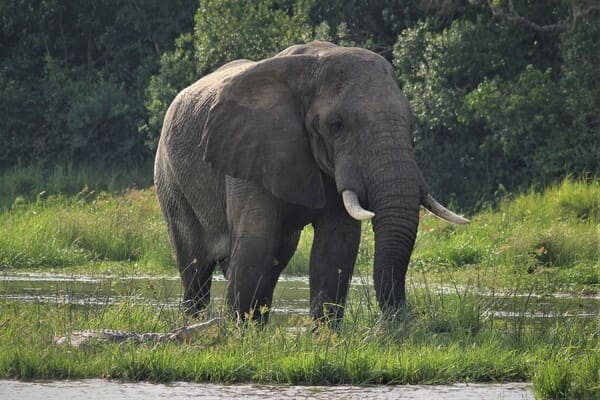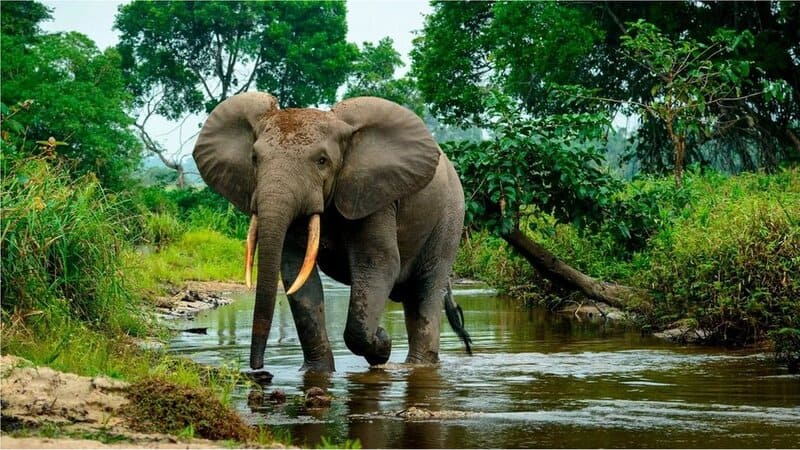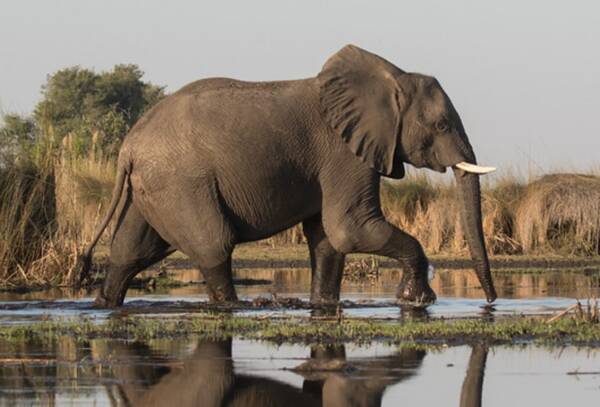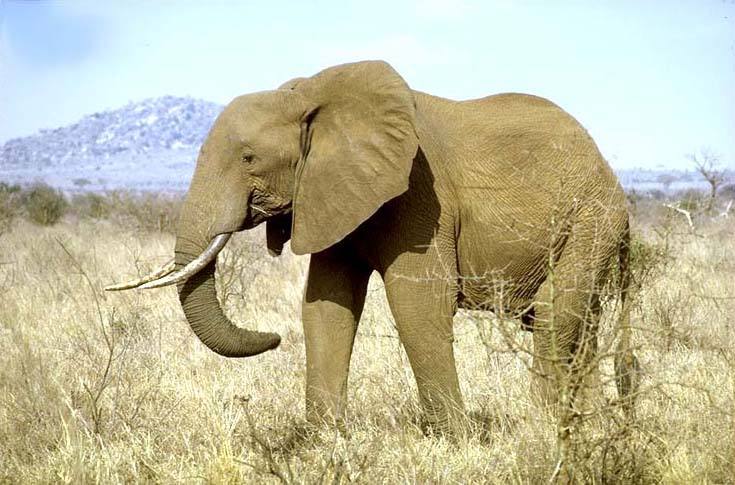asian elephant
IUCN
LCBasic Information
Scientific classification
- name:asian elephant
- Scientific Name:Elephas maximus
- Outline:Proboscidea
- Family:Proboscidea Elephantidae
Vital signs
- length:5.5-6.5m
- Weight:3-5 tons
- lifetime:60-70 years old, can reach 80 years old in captivity
Feature
Asian elephants have two ridges on the top of their heads, like longevity stars, which African elephants do not have.
Distribution and Habitat
Asian elephants inhabit tropical rain forests, monsoon forests and forest ravines, hillsides, savannas, bamboo forests and wide areas in southern Asia. Often wandering in valleys, riversides, bamboo forests, and broad-leaved mixed forests below 1,000 meters above sea level. They like to live in groups, with each group having several to dozens of animals. They often form obvious elephant paths after wandering in the forest.
Appearance
The Asian elephant is the largest of the Asian mammals. The Asian elephant is dark gray or brown all over its body and has scattered hair on its body. An adult male Asian elephant is 5 to 7 meters long, with a shoulder height of about 4 to 1 meter, a tail length of 2 to 5 meters, and a weight of about 7 to 5 tons. The female elephant is slightly smaller. The elephant's ears are large, rich in blood vessels to dissipate heat, and have hair brushes at the top. Compared with African elephants, Asian elephants are smaller, have smaller ears, and have a flatter forehead. The whole body is grey-brown, with two large bumps on the left and right sides of the forehead, called "intelligent tumors". The highest point is on the top of the head, but its brain is very small. The skull is very thick, and although the bones are filled with pores to reduce weight, the burden on the neck is still heavy. Arch your back upward. The limbs are thick and almost vertical to the ground, like fou
Details
Asian Elephants-Are-Endangered.html">elephants are giant herbivoresFood,The staple food is bamboo shoots, young leaves, wild plantains and palm leaf reeds, etc. In the morning, evening and night, Asian Elephants-Are-Endangered.html">elephants will go out to forage. They mainly eat grass, leaves, buds and bark. Asian Elephants-Are-Endangered.html">elephants also eat crops such as bananas and sugar cane. Water is indispensable for Asian elephants. They will travel long distances to find water sources and will always live with water. They spend 16 hours a day collecting food, but their digestive system is not very efficient. Only 40% of the food can be absorbed. An adult elephant can eat 30 to 60 kilograms of food a day, but 60% is excreted. .
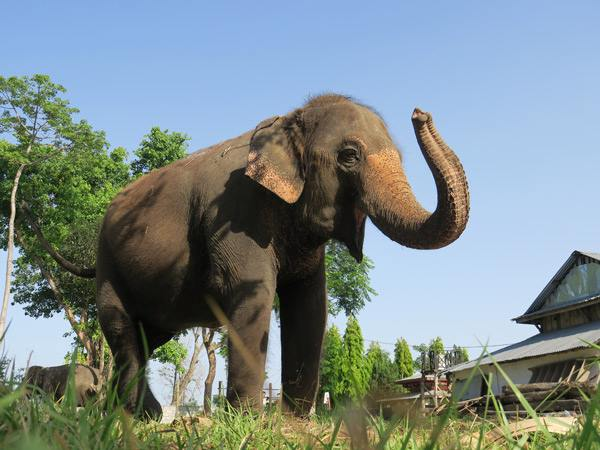
Asian elephants like to live in groups, with each group having several or dozens of animals. An adult female elephant acts as the leader of the group and leads the group. They have no fixed residence and a wide range of activities. Because elephants have less hair, they are prone to skin diseases, so they need to bathe or take mud baths frequently. Elephants have thick skin with wrinkles, some of which are more than ten centimeters deep. The skin is light gray. Due to mud baths, elephants sometimes look like It is an earthy reddish-brown color with brown eyes and hairy eyes. There is a rare albino elephant whose eyes are usually blue. Normally, elephants have to walk 3 to 6 kilometers a day to find food, but they can run as fast as 36 kilometers per hour.
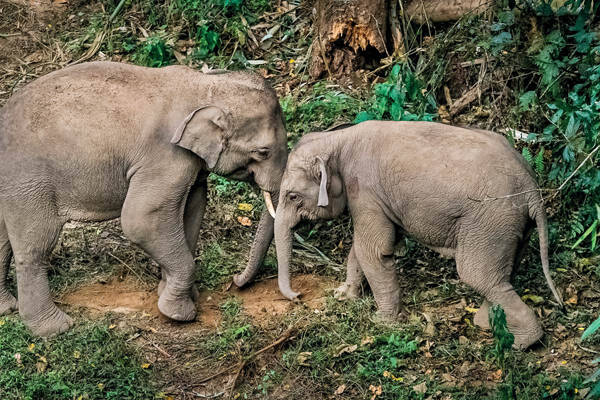
Asian elephants do not have a fixed estrus period. When male and female animals mate, they always hide in secluded depths of the forest. It is the largest animal on land. It is not afraid of any animal threat, but it also maintains a high level of vigilance. The Asian elephant has a low reproduction rate and can only reproduce once every 5 to 6 years. The gestation period is as long as 18 to 22 months. . Female animals give birth in late autumn and early winter, with only one calf in each litter. Newborn cubs weigh 70 to 100 kilograms and are about the same size as a calf. Their noses are not too long and they have no teeth. They are brownish-red all over and have no hair. A few hours after they are born, they can move around with the group. . The lactation period of the cubs takes about 2 years, they reach sexual maturity at the age of 14 to 15 years, and they are fully grown at the age of 18 to 24 years.
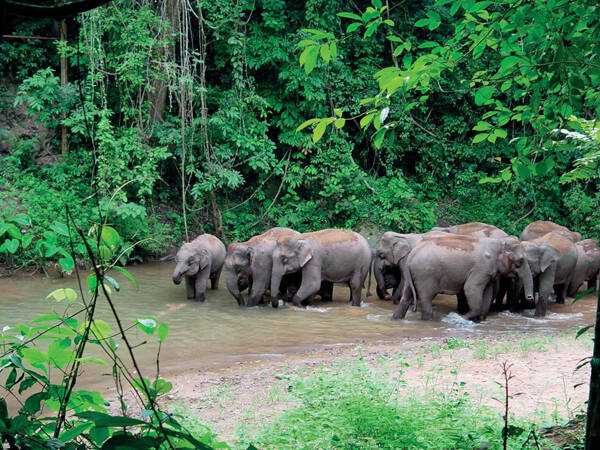
Asian elephants sleep lying down. They usually lie on their sides slowly and then stretch out their legs. Asian elephants generally do not sleep standing up. If they sleep standing up, it means they are sick.
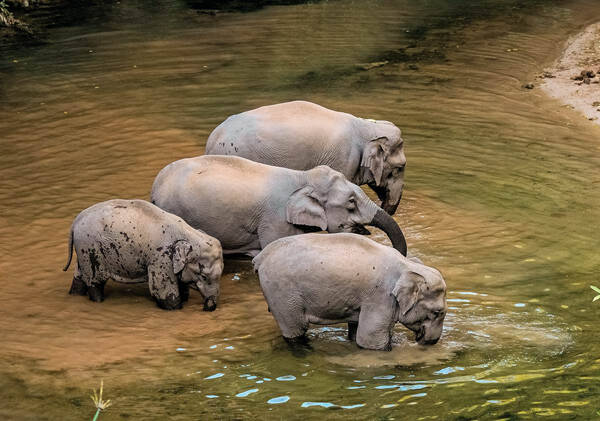
At present, Asian elephants are mainly distributed in 13 countries including India, Nepal, Sri Lanka, Myanmar, Thailand, Vietnam, Indonesia and Malaysia in the tropical regions of Southeast Asia and South Asia, covering an area of approximately 440,000 square kilometers. In ancient times, they were active from the Mesopotamia and Mesopotamia in West Asia to the Yellow River Basin in China extending eastward. At present, its footprints can only be found in the Xishuangbanna area of Yunnan Province in China.

